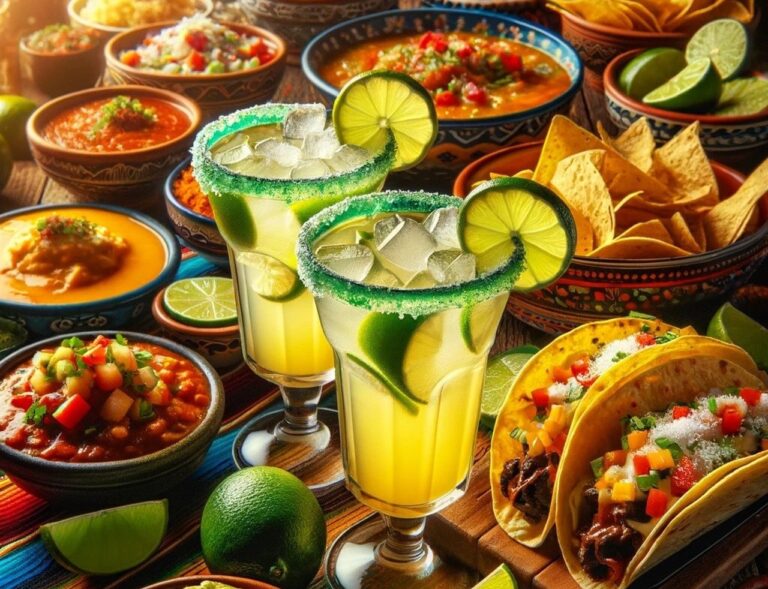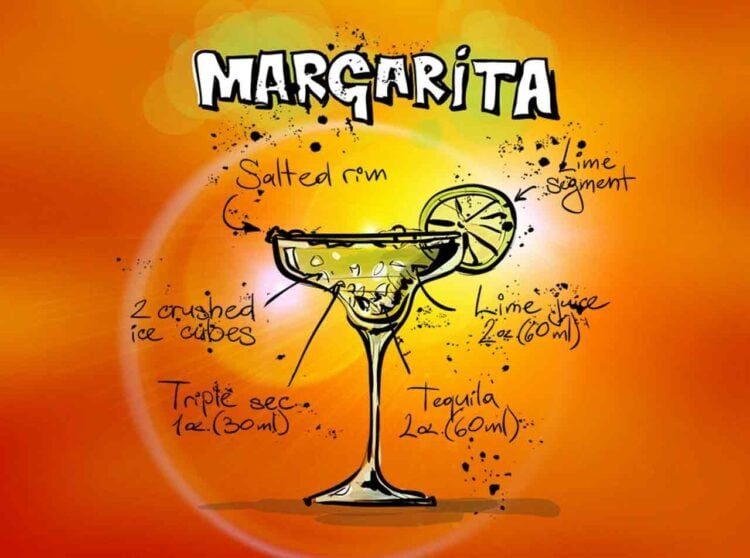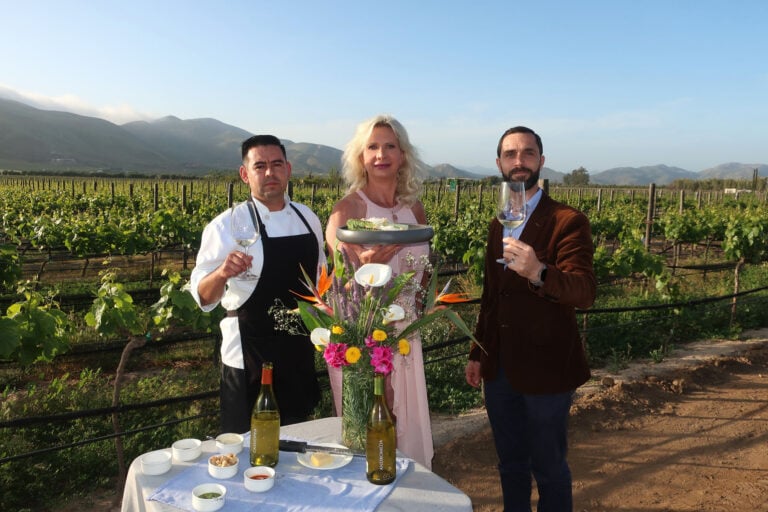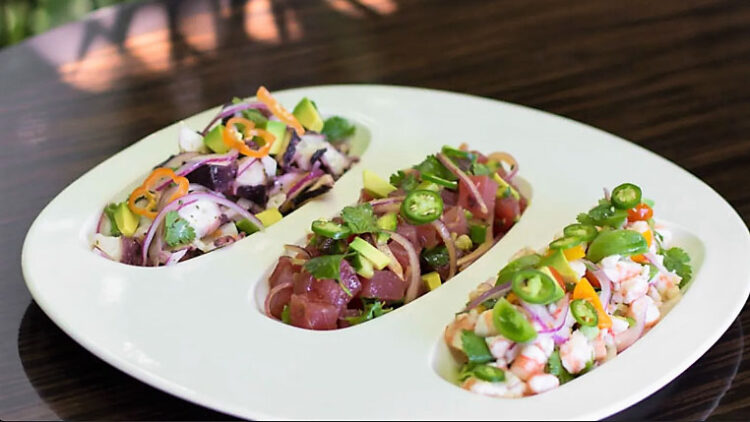Champagne Waris-Larmandier, Racines de Trois Brut NV | France
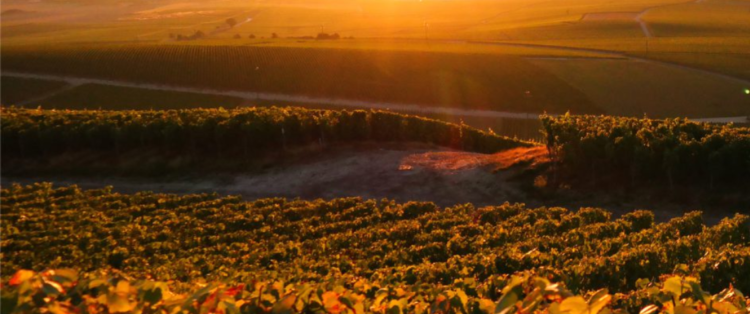
Wine of the Week – Champagne Brut | December 20, 2021
> FACTS
The Champagne vineyard covers 80,000 acres shared in the departments of Marne, Aube and Aisne, all to the east and southeast of Paris. Three major grape varietals are the basis for making Champagnes: Pinot Noir, Pinot Meunier and Chardonnay. Its vineyard benefits from a temperate oceanic climate with a continental influence and a terroir made of limestone and marley soils.
Three types of players stand out in Champagne:
– the trading houses own and produce their wines by supplementing their supply by purchasing grapes;
– cooperative cellars supply the trading houses and also develop brands,
– and finally, the winegrowers bearing the name of harvester and producer, make their wines from their own vineyards.
> CHAMPAGNE VINIFICATION
The vinification is done as for a still wine, which is then bottled with the addition of new yeast and sugar. Then it’s off again for a fermentation in the bottle, and this time the gas produced will be trapped in the bottle since it’s closed off with a crown cork (yes, every bottle of Champagne had a beer cap in its previous life). This stage is called the “prise de mousse” or forming of the bubbles.
Once all the sugar has been used by the yeast, fermentation stops and additional alcohol and bubbles are produced as well as death yeast cells (lees) which make the wine cloudy. To get rid of these lees, the riddling process was invented: the bottles start horizontally with the lees along the bottom of the length of the bottle, the bottle is then gradually tilted, meanwhile rotating it by small increments clockwise and anti-clockwise. As the angle of tilt increases, the forces of gravity draw the sediment into the neck of the bottle. This deposit is expelled during disgorging: the neck is frozen, the bottle is opened and the ice cube which has trapped the lees is pushed out. And to complete the bottle again, a mixture of cane sugar (dosage) and wine (together making the expedition liqueur) is added and the bottle is closed with the final cork stopper.
> THE WINERY
Cuvée des Racines by Champagne house Waris-Larmandier represents the “three roots” of Waris-Larmandier, the contribution of the three siblings to the project, and their use of three grape varietals, coming from three regions of Champagne (Côte des Blancs, Montagne de Reims and Côte des Bar). Together they form the base of Waris-Larmandier’s entry level Champagne, which combines the elegance of Chardonnay with the structure from the two Pinots in a food-friendly, drinkable package.
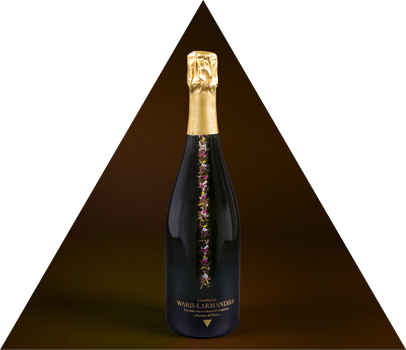
Origin: Avize, France
Varietals: 60% Chardonnay, 30% Pinot Noir, 10% Pinot Meunier
Sustainability: certified organic and biodynamic
Price: $58.00
ABV: 12%
Grapes are hand-harvested and crushed in a traditional 4,000 kg vertical wooden basket press; only free-run juice is used for the primary fermentation. Racines de Trois ferments with indigenous yeast in stainless steel tanks and 600 liter demi-muid Burgundy barrels. Malolactic fermentation is spontaneous following alcoholic fermentation. The base wines are aged six to eighteen months before secondary fermentation in bottle, followed by 24 to 36 months of lees aging sur lattes. Racines de Trois is usually a two-vintage blend without the addition of solera wine to the blend. Disgorgements are done according to the lunar cycle (biodynamic) – dosage is 5.5g/l.
The wine has a straw yellow color with fine effervescence. The nose offers a complex, voluptuous bouquet with notes of green apple, white flowers, pear, candied orange peel and almonds. It is deliciously balanced, showing rich white fruits and nutty flavors.
Suggested food pairings: as an apéritif, sushi and sashimi, fish and shellfish, cheeses.
> For more information, visit Champagne Waris-Larmandier official website.
• Check out GAYOT’s Best Brut Champagne list.

